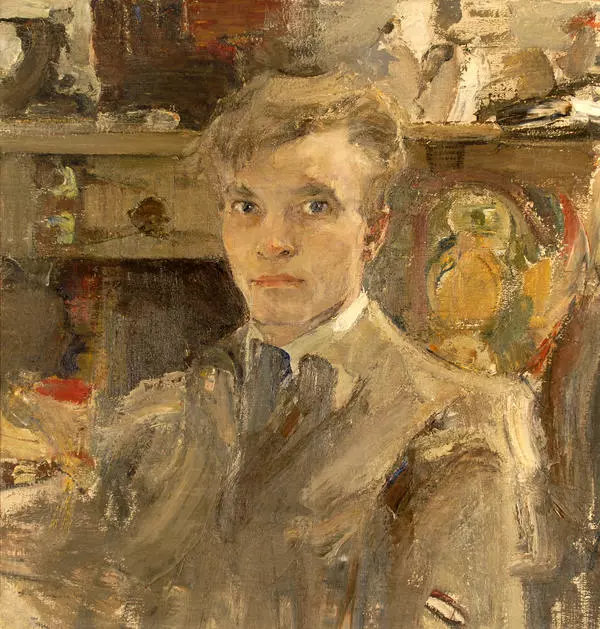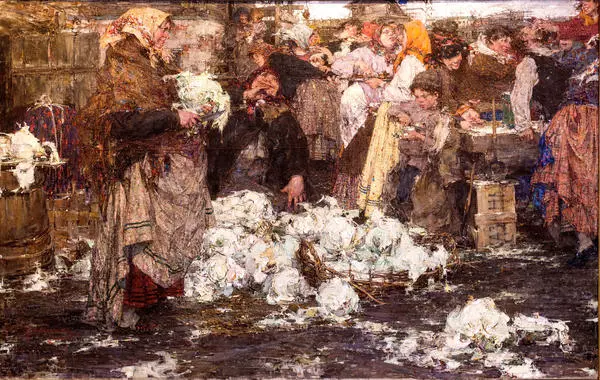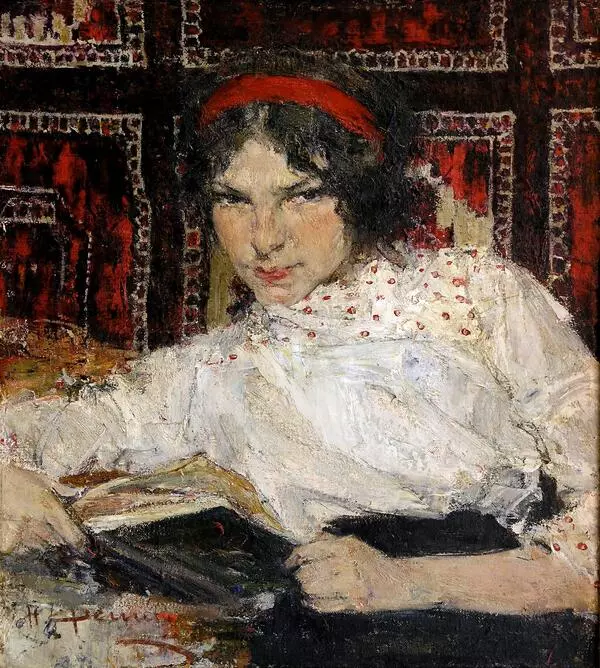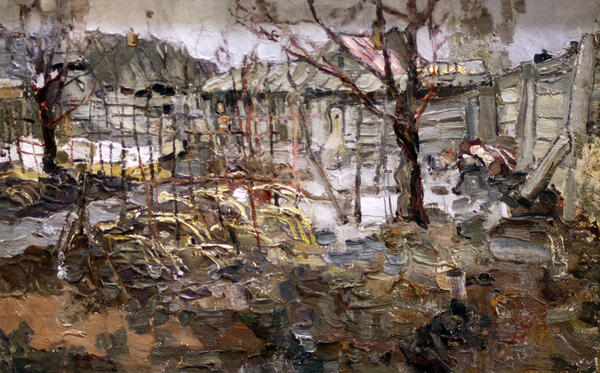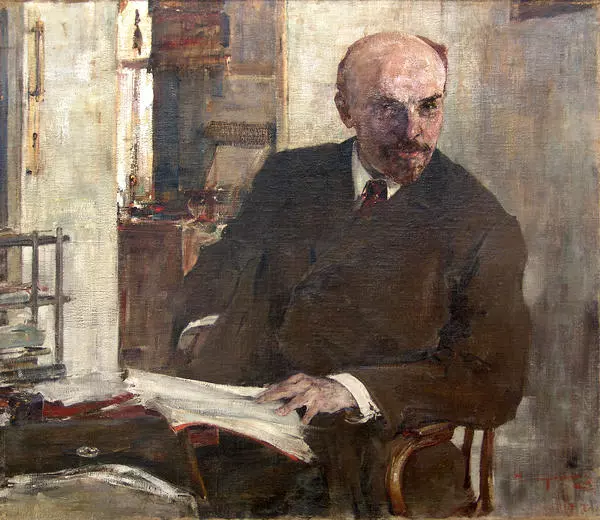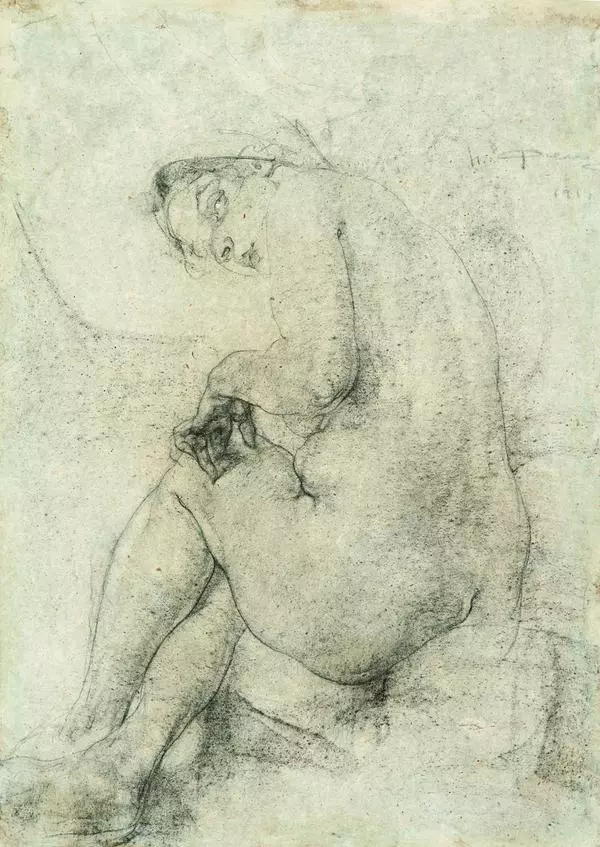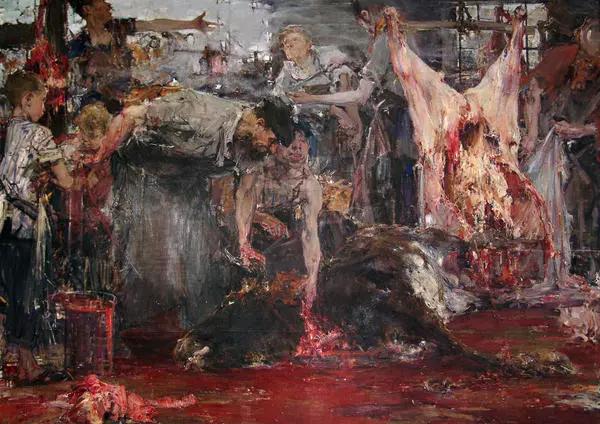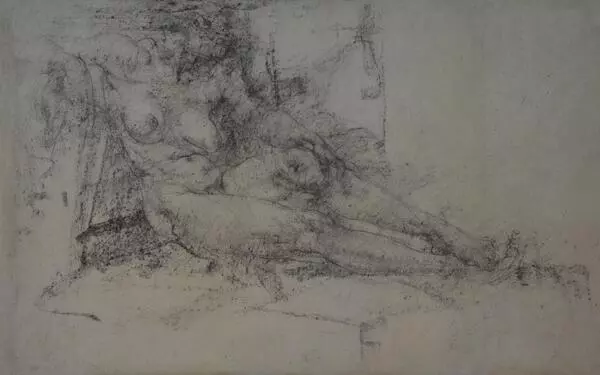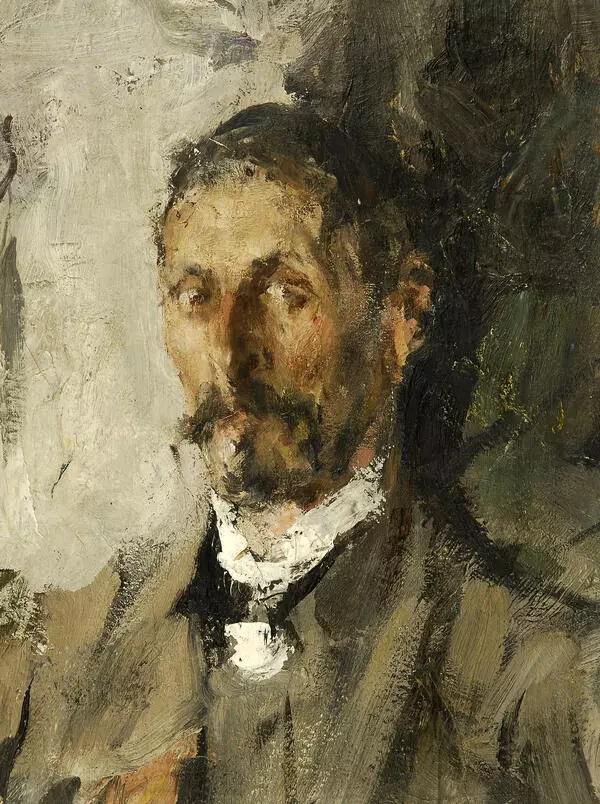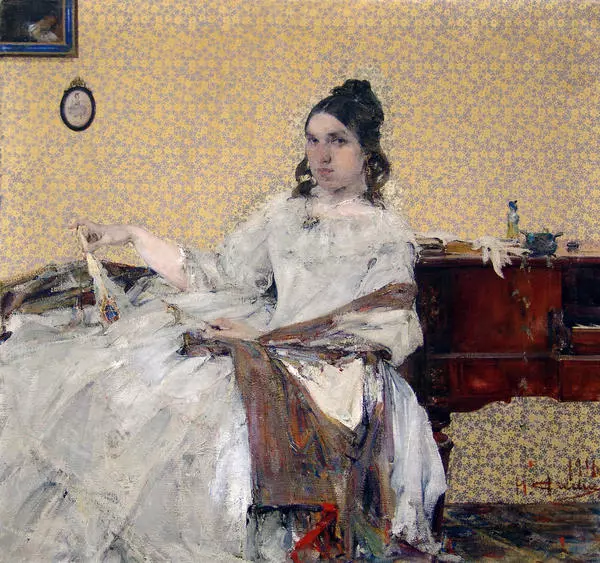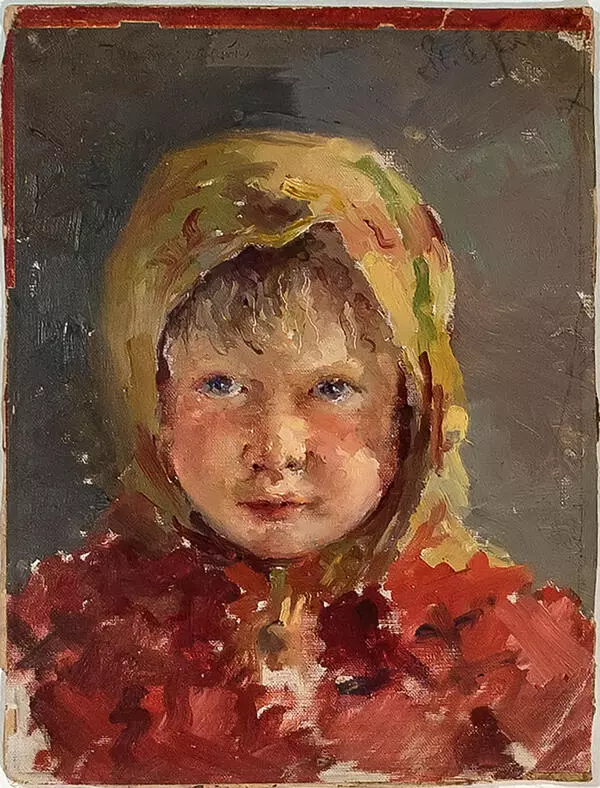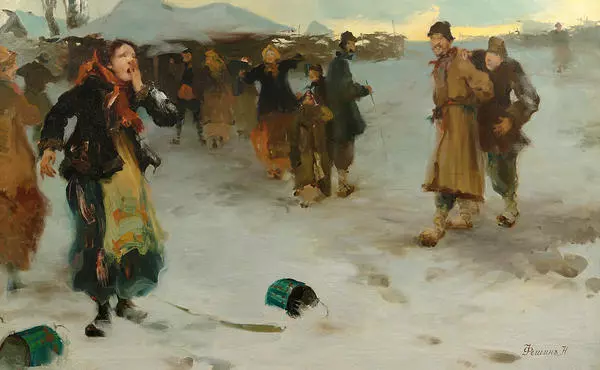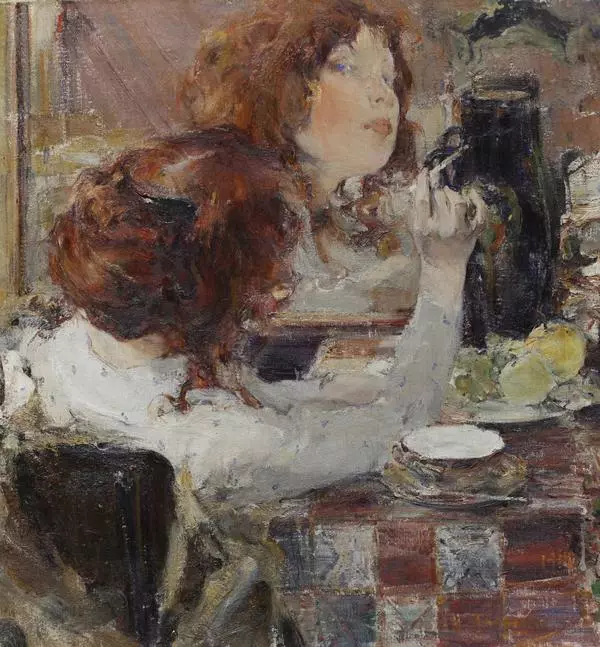The painter Nikolai Ivanovich Fechin was related to the everyday life of the Mari people as early as during his years of studying at the Academy of Arts. During summer vacations, he painted a lot in Cheremis villages.
After the artist recorded his impressions and collected material, he went to Kazan, where he settled in his uncle’s house and began to work on his first large painting “Taking the Bride Away”. The work was based on the wedding customs of the Cheremis. These people are now called the Mari, a Finno-Ugrian ethnic group, who mostly live in the Republic of Mari El and in the north of the Republic of Bashkortostan.
On the day fixed for the wedding, the groom would arrive with friends and relatives in carts to the bride’s house. And he would take special skomorokh actors with him. The groom’s father entered the gate and served beer, wine and oil cakes to the bride’s parents to welcome the groom and his procession.
After the guests were served, the bride’s parents blessed the bride with an icon, which the bride took with her to the groom’s house. Next, the groom’s mate took the bride outside, where she had to say goodbye to her friends. They would not let her go without paying them, and the groomsman would give them some money.
Then he put the girl in a cart, joined by matchmakers, married sisters or daughters-in-law. The coachman was a brother or brother-in-law.
The friends were the first to leave, and the others followed in carts in order of precedence. The bride was followed by her relatives. The bride’s parents stayed at home. During this procession, the bride’s face was covered with a scarf against the evil eye until she got to the groom’s house. Songs and cheerful music were sung on the way.
This scene from the wedding ceremony, where a Cheremis girl was taken away from her native village to perform the rite of marriage was captured by the artist on the sketch for the painting “Cheremis Wedding”.
In the foreground, the artist depicted the rapid movement of the wedding horses, as well as the participants of the ceremony in brightly colored outfits.
Later, the procession went to the parish church for the wedding. At the end of the ceremony, while still in the church, the matchmaker put on the young woman a “sharpan” — a canvas towel with a narrow pattern embroidered in a circle, as well as an “oshpa” — a headband decorated with coins and fire beads.
The women in the sketch are dressed in traditional
white Mari dresses, decorated with embroidery and coins.




